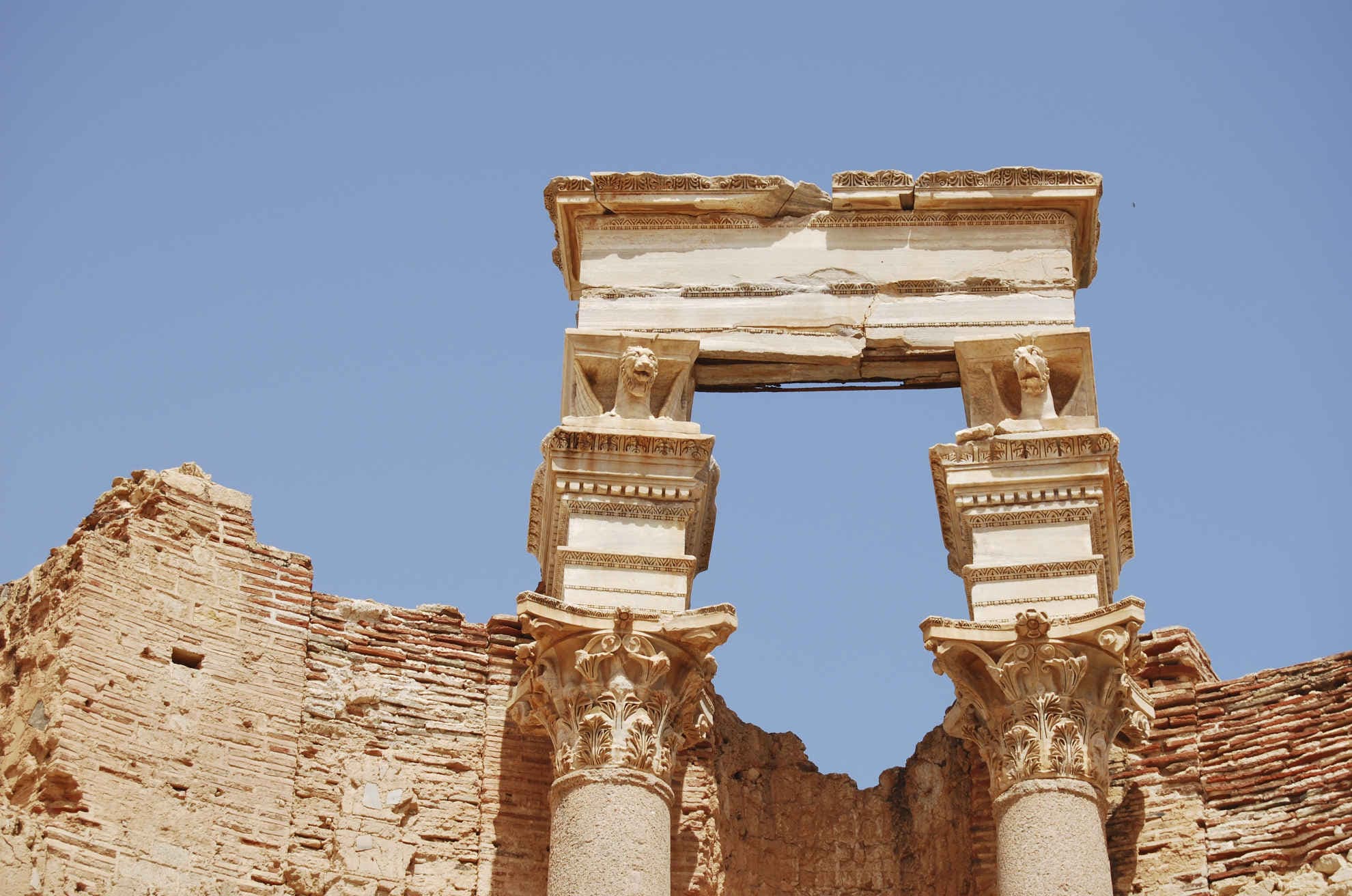While working on the procedure of identifying workshops, styles, and artisans responsible for the production of inscriptions, our team encountered the problem of precise description of letter shapes. It became transparent to us that our general system of guidelines for the identification of workshops and styles required a simple, short, transposable between different regions, and yet unambiguous way of referring to specific letter shapes. In other words, a controlled vocabulary for Greek (and later Latin) epigraphical palaeography became an issue of utmost importance. Not willing to unnecessarily multiply existing solutions, we have consulted published controlled vocabularies in epigraphy, such as:
- Europeana EAGLE project https://www.eagle-network.eu/resources/vocabularies/
- “FAIR Epigraphy vocabularies” by Petra Heřmánková (Mainz/Aarhus), Jonathan Prag (Oxford), Imran Asif (Oxford), Marietta Horster (Mainz) at https://ontology.inscriptiones.org/type\_of\_inscription/
- Biblissima+ section of epigraphy curated by Estelle Ingrand-Varenne (Poitiers), Michèle Brunet (Lyon), and Damien Strzelecki (Lyon).
The survey proved, however, that the focus of these vocabularies is different from the needs of our project. Europeana offers vocabularies for describing the material, execution technique, type of inscription, object type, decoration, dating criteria, and state of preservation. FAIR Epigraphy vocabularies have so far published terms and definitions for the types (or genres) of inscriptions regarding their contents. Finally, the Biblissima+ project will offer a fork of the EpiVoc : thésaurus épigraphiquehttps://thesaurus.mom.fr/opentheso/?idt=th61 (a multilingual epigraphical thesaurus first developed by M. Brunet in the frame of the Opentheseo project). It covers a variety of issues connected with epigraphy though the lettering is seemingly out of its scope, at least during the current stage of its development.
In this situation, we retoured to handbooks of epigraphical palaeography to check how their authors dealt with describing letters shapes and if they had established any regular phrasing. The works consulted included old classics and modern attempts to systematize epigraphy. As we were also interested in the ways of recording letter shapes in languages other than English, this was duly represented in the selection of reference works:
- Salomon Reinach, Traité d’épigraphie grecque (Paris: Ernest Leroux, 1885).
- Ernest Stewart Roberts, Ernest Arthur Gardner, An Introduction to Greek Epigraphy (Cambridge: Cambridge University Press, 1887).
- Ivan di Stefano Manzella, Mestiere di epigrafista. Guida alla schedatura del materiale epigrafico lapideo (Rome: Edizioni Quasar, 1987) admittedly, tackling the Latin letter shapes, though due to its high methodological discipline, indispensable for this study.
- Bradley H. McLean, An Introduction to Greek Epigraphy of the Hellenistic and Roman Periods from Alexander the Great down to the Reign of Constantine (323 B.C.–A.D. 337) (Ann Arbor: University of Michigan Press, 2002).
- Alfredo Buonopane, Manuale di epigrafia latina (Rome: Carocci, 2009) where the author notes: “I letteri sono definiti con vocaboli appositi, per lo più desunti dal lessico tipografico” (sc. according to S. Manzella).
